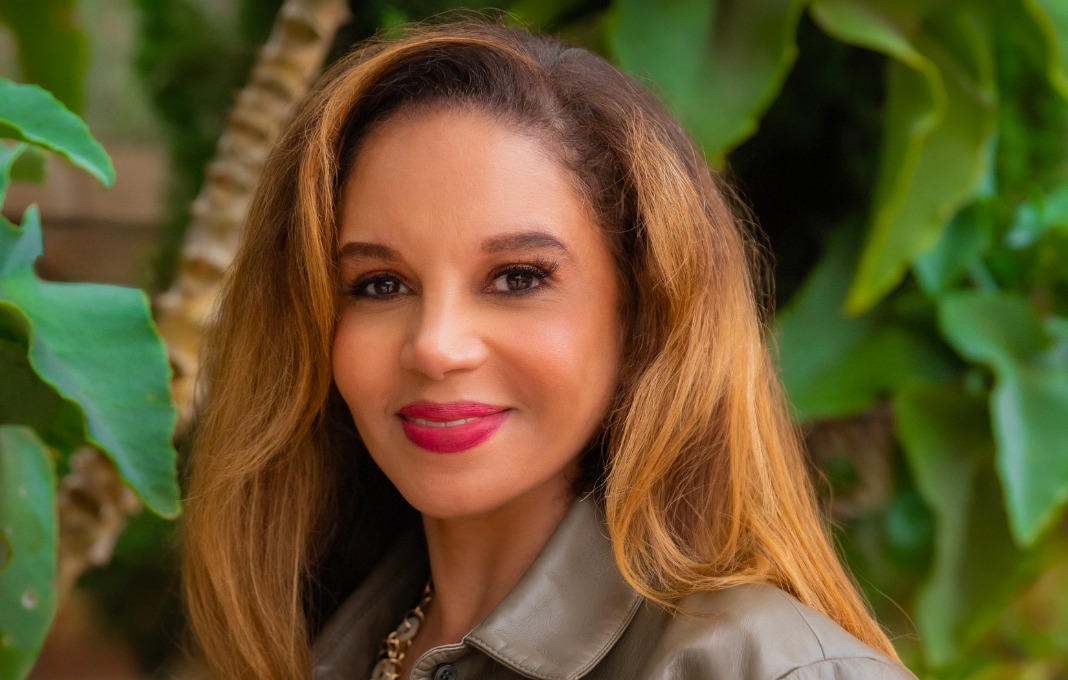Written by: Katie Kuehner-Hebert
For more information, read the original article here.
For diversity, equity and inclusion efforts that truly foster a positive work environment, focusing on leadership can have a powerful effect.
DEI programs can elicit a multitude of feelings. At best, they are capable of boosting productivity, innovation and financial results, but at worst, sow division and anger. While they have become standard practice for many organizations, they can also feel more like rote practice than intentional change-makers at this point. To reap the benefits robust DEI efforts, it may be time to rethink the framework.
Rhonda Moret, founder and CEO of Elevated Diversity, a consultant firm based in Del Mar, California, has a modified approach to DEI, honing in on leadership. She has advice for how to embed the tenants of diversity, equity, inclusion and belonging into cultures to work in actionable, sustainable and financially impactful ways—from top to bottom.
While the outward push for “diversity, equity and inclusion” has slowed, DEI is not fading away. Instead, it has been integrated into the fabric of most leading organizations’ operations. Research reveals an estimated 80 percent of organizations already have an established DEI program, and 17 percent plan to create one. Where are diversity and inclusion efforts headed?
We can confidently say that DEI is here to stay but we are also the first to confirm that the space is evolving.
At its core, DEI has always been about connecting people. And when done well—it can be incredibly effective—and we have the receipts. The data and evidence all point to the fact that diverse and inclusive workforces simply produce better financial results, increased collaboration and greater levels of creativity and innovation.
But when not done so well, it can be incredibly damaging, leaving some individuals feeling alienated, polarized and even angry.
Our approach to DEI has always been inclusion-forward. We recognize that each person arrives to the workplace with their own unique, personal and diverse worldview and each of those unique views should be respected and appreciated.
Within our organization, we help organizations evolve their DEI efforts to what we have coined “L&I” or leadership and inclusion. Using this approach, we invest in developing the skills and behaviors all leaders must embody to foster and sustain a culture of inclusion. We do this through the development of integrated learning workshops, peer-to-peer learning activities, one-to-one executive coaching and a comprehensive resource center.
Why is inclusive leadership increasing in importance?
Effective leadership is inherently inclusive. The mindsets, skills and behaviors required for strong people leadership and inclusive leadership are deeply intertwined, if not one and the same. An effective people leader must earn the trust and support of their entire team—not just those they share a similar background with. Additionally, the ability to lead and inspire a diverse workforce is becoming increasingly important. According to projections by the U.S. Census Bureau[1], by 2045 today’s white majority in the United States will be in the minority. As the workforce continues to become more and more diverse, leaders will need to develop the skillsets required to effectively lead and motivate a more diverse workplace demographic.
In addition, as Gen Z’s share of the workforce increases, businesses are increasingly recognizing the importance of diversity and inclusion. According to a new report found on the World Economic Forum[2] website, 56 percent of Gen Zers say they would not accept a job without diverse leadership and 68 percent say their employer is not doing enough to build a more diverse workplace. If organizations plan to recruit and retain the best talent, they need to consider inclusion plays a role throughout their organization—starting with their managers and leaders.
What are the critical questions every inclusive leader asks of themselves?
Inclusive leaders are aware of and reflect on the impact their influence has on the people around them; here are a few questions to ask yourself the next time you reflect:
Do I have any biases that I might be unaware of?
The truth is, we all have biases. Regardless of our upbringing, worldviews or perspectives, bias is a reality for each of us. Inclusive leaders understand this fundamental fact and seek out ways to mitigate their own biases. One of the first steps for leaders new to this work is to take the Implicit Association Test offered by Harvard University[3]. This free assessment can help you gain insight into your own unconscious biases. From there, leaders should consider taking unconscious bias training, reading books on the topic and continuously seeking out opportunities to develop their skills in this area.
Do I have a growth mindset as it relates to leveling up my inclusive leadership skills?
Just like in any other area of business, it is critical that leaders have a growth mindset. Leaders must be willing to challenge themselves and continuously uplevel their skills and abilities. This is especially true when it comes to developing inclusive leadership skills. Fortunately, there is a wealth of knowledge available for leaders who are committed to becoming more effective inclusive leaders. Whether it’s watching TED Talks, listening to audiobooks or reading the latest bestsellers on the topic, the resources are there for those who are willing to put in the effort.
Do I need an inclusive leadership coach?
Retaining a coach can be highly beneficial for leaders looking to become more inclusive in their role. Through targeted coaching and feedback, leaders can develop the self-awareness and interpersonal skills needed to foster a more inclusive work environment where diverse perspectives are valued. Additionally, coaches can help leaders hone their communication and influencing abilities, which are crucial for building trust and creating a culture of psychological safety and collaboration.
Am I showing up as the type of leader each of my team members need?
As the leader of a diverse work team, it’s crucial that you show up in a way that empowers and supports each individual, while also fostering a cohesive and collaborative group dynamic. The key is to approach your leadership with a deep sense of self-awareness, cultural intelligence and a genuine commitment to inclusion. You must make inclusion a core tenet of your leadership. Actively solicit diverse perspectives, create psychological safety for open dialogue and ensure that all voices are heard and respected. Celebrate the unique strengths and contributions of each team member and empower them to take ownership of their work. By modeling inclusive behaviors and holding the team accountable to the same standards, you can cultivate a work environment where innovation, collaboration and mutual support thrive. Ultimately, your ability to show up as a truly inclusive leader will be the key to unlocking the full potential of your team.
What are three ways HR leaders can become more inclusive?
Model inclusive language and communications
The most effective inclusive leaders understand that modeling the desired behaviors is the best way to teach and inspire their team. One way to model inclusive behaviors is through your language and word choice. This includes avoiding gendered terms, using preferred pronouns and ensuring that all communications are welcoming and accessible to all employees. Small changes can make a big impact.
Another way to model inclusivity is to take a genuine interest in employees’ thoughts and ideas. Inclusive leaders actively listen, seek to understand different viewpoints and make a concerted effort to acknowledge the unique perspectives that each team member brings to the team.
Ask questions
The best way to understand how inclusive you are and how you can improve is to ask the people you are trying to include. Being self-aware of how your behaviors, actions and decisions impact those you lead, is crucial to being inclusive.
Conduct an HR equity audit
Conduct an audit of your current practices, policies, and procedures to find disparities and inequities. Here are the key steps to conducting an effective HR equity audit:
- Gather Comprehensive Data
Collect detailed data on employee compensation, including salaries, bonuses, benefits, etc. Gather information on hiring, promotion and performance review processes. Ensure the data captures demographic details like gender, race, ethnicity, disability status, etc. - Analyze the Data
Examine hiring and promotion rates across different demographic groups to identify any disparities. Look for pay gaps between employees in similar roles and with comparable qualifications. Investigate the reasons behind any identified pay or advancement inequities. - Review Policies and Practices
Assess the objectivity of your organization’s hiring, performance evaluation and promotion processes. Identify any policies or practices that may be introducing bias or barriers to equity. Evaluate the inclusiveness of your company culture and leadership. - Develop an Action Plan
Based on the audit findings, create a plan to address any inequities uncovered. This may involve adjusting compensation, revising policies, providing training, or implementing new programs. Establish clear goals, timelines and accountability measures. - Communicate and Implement Change
Transparently share the audit results and action plan with employees. Implement the necessary changes and monitor their impact over time. Continuously review and refine the equity audit process to drive sustained progress.
[1] The US will become ‘minority white’ in 2045, Census projects
[2] 1 in 2 Gen Zers wont work in a place without diverse leadership
[3] Implicit Association Test




